The lack of opportunities to get out has hindered my usual seasonal routine of observe, reflect and surmise; a method I’ve been used to these past ten years, hence the delay in updates.
At least the easing of lock-down meant we could travel to some favourite spots to partake in our normal form of exercise.
A whole new strategy was needed this season. Those precious days needed to be used wisely. Choose only those locations which would bring maximum returns, waste no time searching for the proverbial needles and choose only to go out on the those days where the weather was at it’s most favourable.
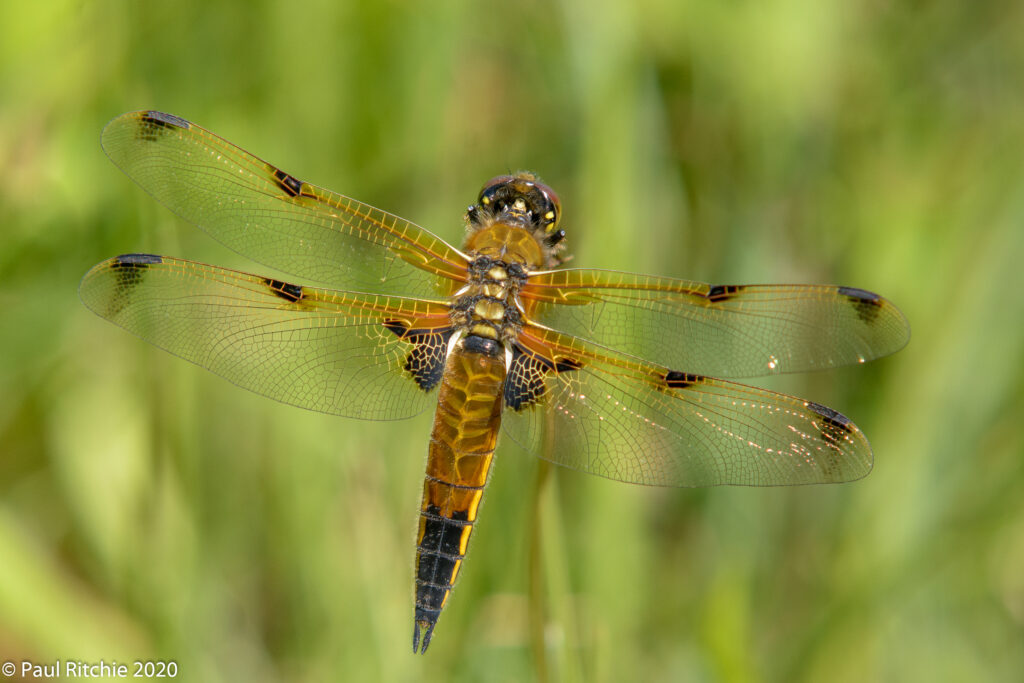
Another consideration was sharing these days with Sue and making sure each day would be remembered as a day out rather than just an Odo hunt.
Having Sue with me had the added advantage of an extra pair of eyes; eyes which could lock in on those damselflies which managed to evade mine or see something happening outside of my peripheral vision.
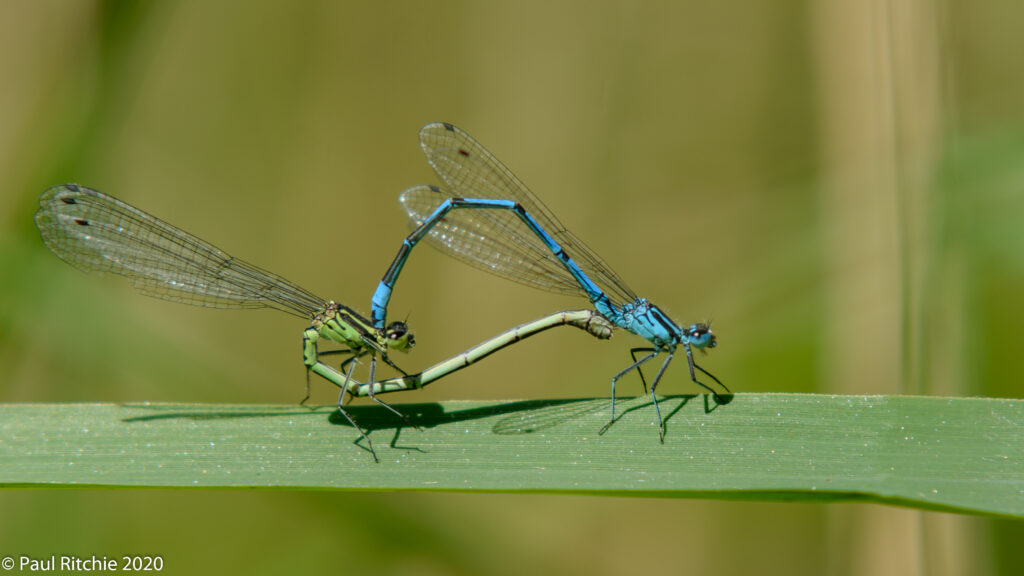
An unexpected benefit of the restrictions has been a greater appreciation of these days in the field, taking me back to those early years when I was fascinated and hungry, but without the impatience of inexperience.
Every observation was a delight where time slowed down,I could drink in the moment, searing it into memory. There wasn’t the urgency to capture the moment on camera.
While I was walking along the edges of a meadow an immature Emperor would constantly rise up ahead of me. I wasn’t chasing him, I was looking around and ahead for other delights.
When I was reaching the end of the meadow he gave up escaping from an assumed threat and stayed put, allowing for a shot.

After the lock-down restrictions were lifted there came a change in the weather. Not unexpected. The early emergence of many of our Spring species predicted as much.
I became even more picky, choosing only to go out when it was wall-to-wall sunshine and above 20 degrees. One, maybe two days out then a fortnight’s rest.
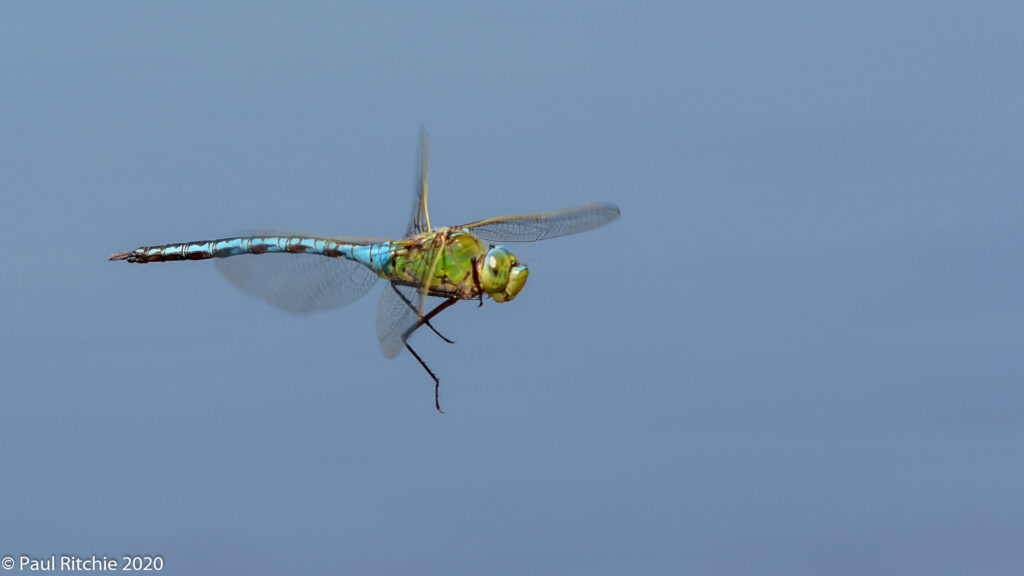
One negative aspect of the lock-down has been land-grabs; by which I mean the taking away of available parking at chosen sites, whether it be outright ‘nimbyism’ as in the case of Bramshill or the extended closure of certain New Forest car parks, either through fear of overcrowding or that old excuse of ‘ground nesting birds’.
Don’t get me wrong, there is an obvious need for the latter’s protection, however I fail to see how preventing (minimal) human traffic is going to add to any damage already caused by free-roaming cattle and ponies.
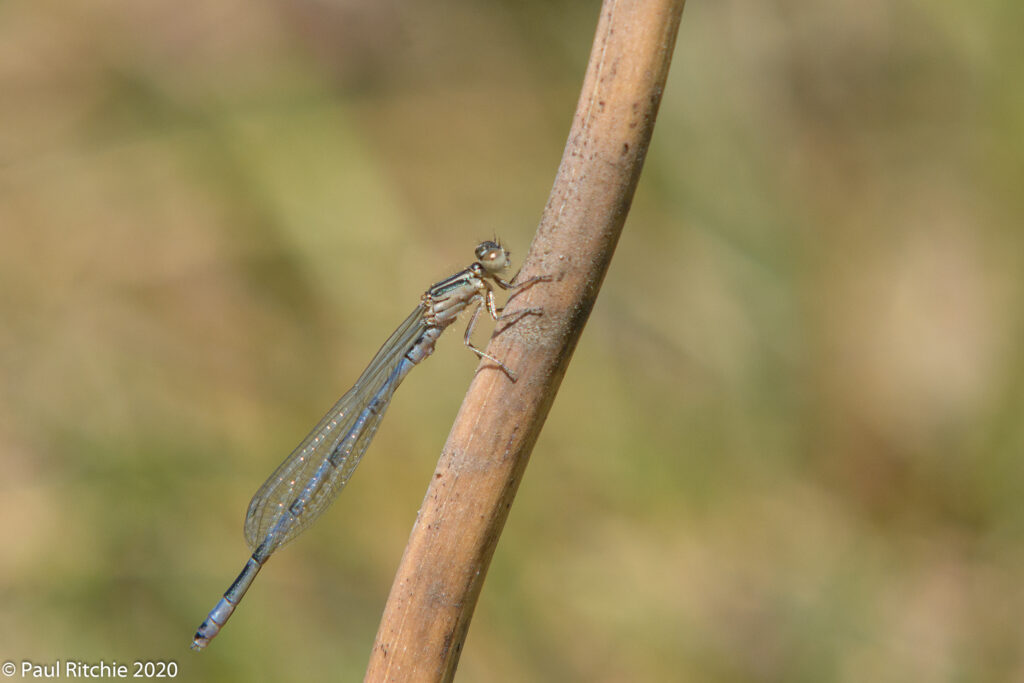
Fear maybe from general public’s outrageous behaviour of spilling into the verges or main road when honeypots are full, and here I can see their point.
The selfish actions of dozens of day-trippers at Hatchet Pond may likely see the introduction of dragons-teeth across the New Forest, or permanent closures affecting us all.
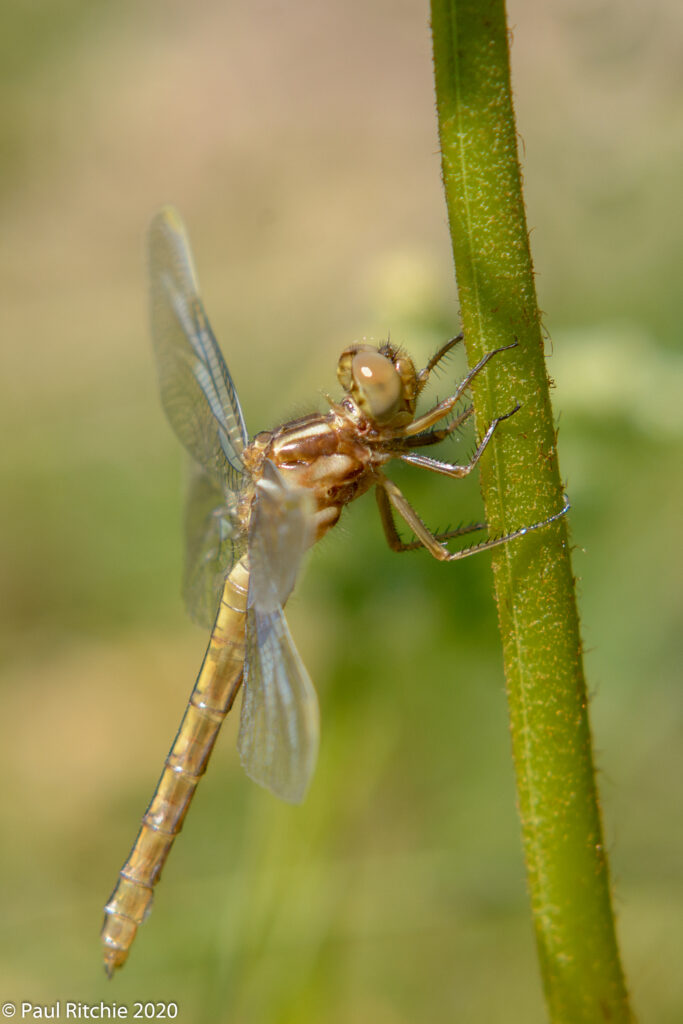
Despite the restrictions it’s still been possible to count off the species at almost the same rate as usual, albeit in satisfying chunks rather than piecemeal. There is no need to go out every day, or week for that matter.
I recall an observation many years ago that, geographical problems aside, it is possible to witness every UK native dragonfly species by only going out three times a year.
Don’t take that too literally – make it over three weeks and you’ll stand a better chance!
Stay safe and enjoy yourselves.
